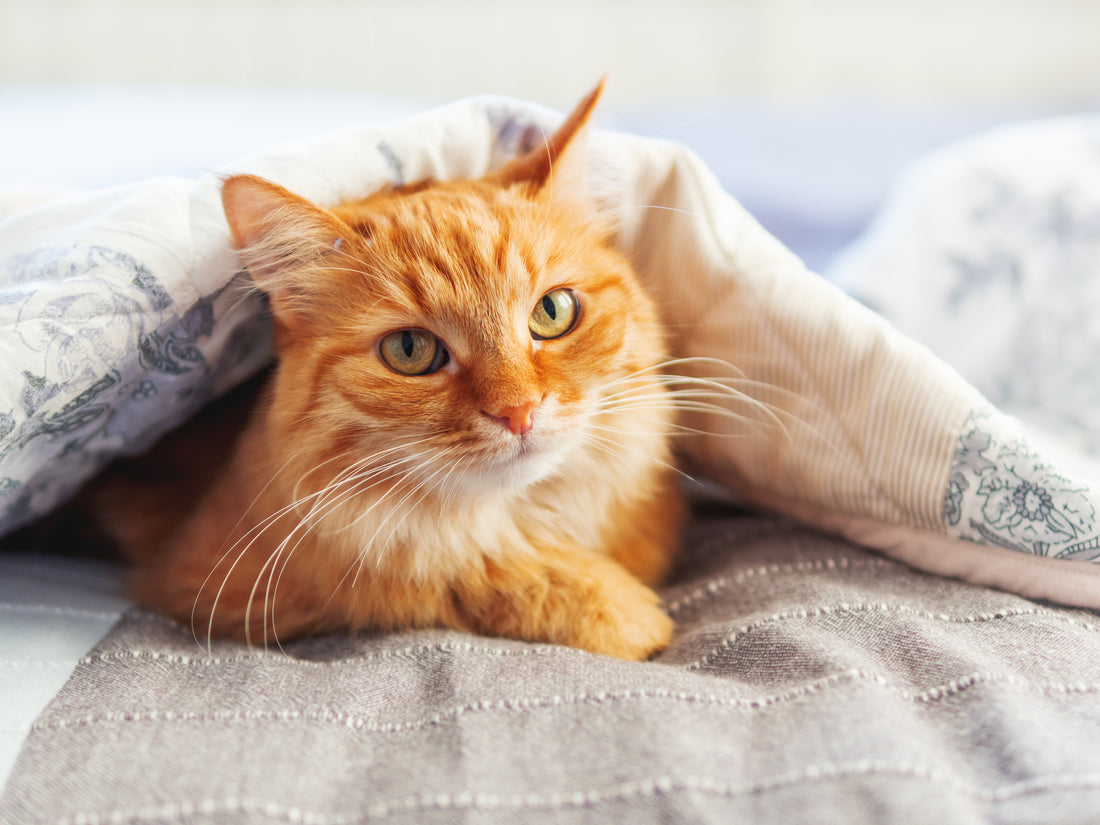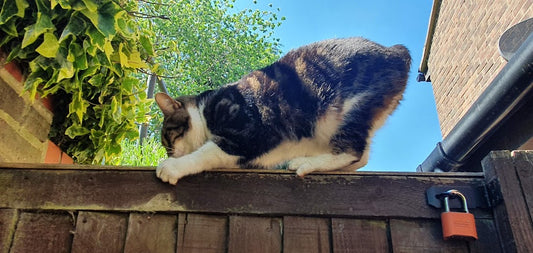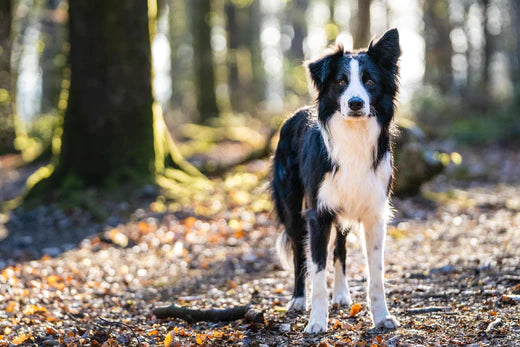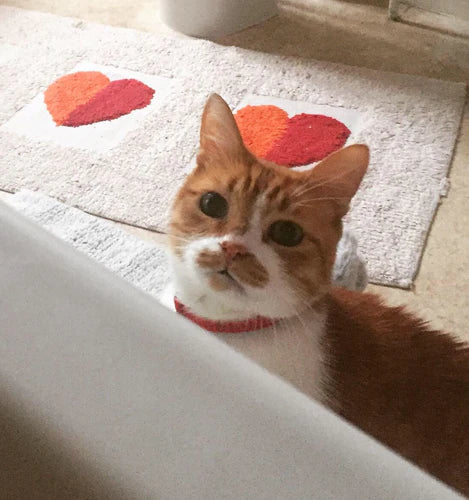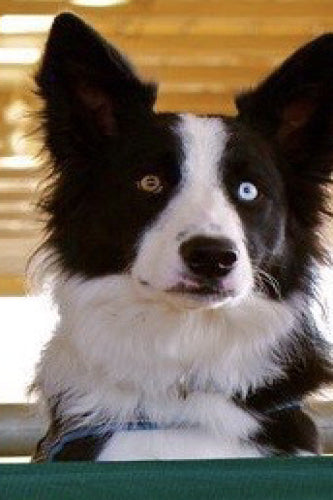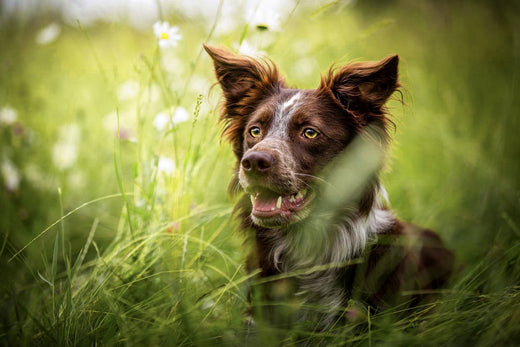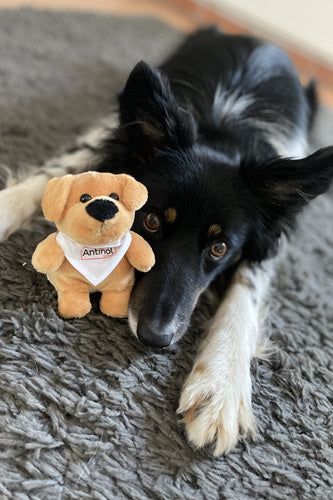Cats exude confidence, but did you know that their confidence is a protective evolutionary feature designed to keep them safe from attack?
In the wild, even when a cat is seriously sick or injured, they’re the masters of disguise and can hide their problems until it’s almost too late. It keeps them safe from predators and from challenges from other members of their pride.
Our feline friends haven’t lost this trait, and even if they’re really struggling, they make it tricky for us to spot. So, if they have stiff joints, you need to be on the lookout for subtle signs to help keep them comfortable.
What are the signs of joint stiffness in cats?
Every cat is different, and you know your cat best, but these are some common subtle signs of stiff, ageing joints to look out for.
Reduced activity
Maybe they’re not getting the zoomies, they’re hesitating to jump on the sofa, or they’ve stopped mobbing you on the kitchen counter.
A dull, scruffy coat
If your cat is feeling stiff, they might struggle to groom themselves properly as they can’t reach. Or the opposite—you might notice them overgrooming around their joints.
Easily irritated
If you’re feeling stiff and creaky, you’re less likely to want to be fussed or pulled about. The same goes for your cat. You might notice they’re more grumpy or lash out at the slightest thing.
Hiding
If your cat isn’t feeling their best, that natural survival instinct kicks in, and they might hide. They’re feeling vulnerable, so hiding in a safe space feels like a good option for them
Toileting accidents
Missing the litter tray or having accidents is common in cats with joint stiffness. Perhaps it is difficult to get to their litter tray, or they’re finding it hard to balance. If you spot this behaviour, always get your cat checked by a vet.

How can I help my cat with joint stiffness?
One of the best things you can do for your cat is learn what’s normal behaviour and then watch closely to identify when things change.
This will help you spot changes early, when you’re best placed to help…but here are some other things you can do to help:
Regular check-ups
Book regular check ups with your vet. This will help them to spot changes and recommend your best course of action.
Weight management
Various studies suggest that obesity in cats ranges from 11% to over 60% of the cat population. Extra weight puts extra stress on your cat's joints. They’ll stay mobile and flexible if they’re a healthy weight, with less pressure on their joints.
Science-backed supplement
There are various supplements on the market, all aimed at supporting your dog’s joint health. Look for one that is backed by robust scientific research to ensure it has the impact you are hoping for.
 Rearrange your furniture
Rearrange your furniture
Where is your cat’s favourite snooze spot? Top of the cupboard? On the windowsill? They love to be up high, but joint stiffness can make these places hard to reach. Consider shifting some furniture around to give them stepping stones. Or even better, consider cat wall furniture to help them reach those high-up spots.
A comfy bed
This might seem obvious, but a comfy bed will really take the pressure off those joints. Make sure it’s not too soft, as that can make getting up difficult. A nice supportive bed is ideal, perhaps made of memory foam.
The right litter tray
It’s smelly. It’s messy. And clearing up accidents every day STINKS! (Pun definetly intended!) But your cat isn’t being difficult or lazy when they miss the tray. Often, it’s a sign of a problem. We’d recommend a vet check for this one because accidents s can be a sign of other problems too. But if your cat has joint stiffness, balancing in the litter tray is hard. Make sure you have a wide, low tray that they fit into without having to balance, and they can climb in and out of easily.
Spotting the signs of joint stiffness, and knowing how to support them, will help to keep you cat in motion. Pouncing, prowling and purring, today and everyday.
Help them live their best 9 lives with Antinol—a science-backed joint, skin and coat supplement that makes every day the best day.
